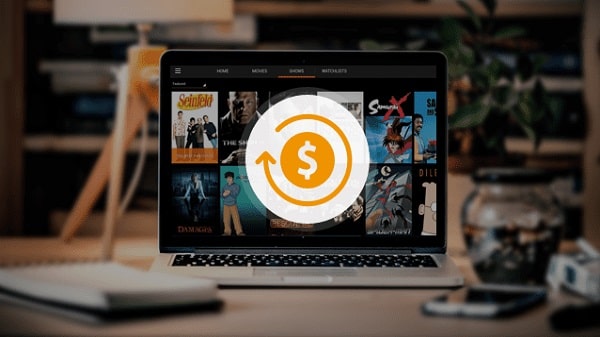The IPTV/OTT video streaming industry is growing, and experts predict its expansion in the future. Since there is a high demand for high-quality video content among viewers, businesses and organizations are creating streaming services to share and monetize content.
Businesses create unique content and want to be rewarded with steady revenue. For this, it is critical to think about security that protects your service, content, and user data from data leaks and unauthorized access. Let’s explore what security strategies can help you protect your video monetization platform, streaming business, and revenue.
Six Security Strategies to Protect Your Video Streaming Service
#1 Digital Rights Management (DRM)
DRM stands for digital rights management and helps protect your copyrighted material. In other words, you give control of your content to a computer program that aims to protect your copyright holder’s rights from unauthorized access, distribution, and modifications.
DRM is critical because malicious actors spread stolen possessions via torrent sites and various file exchanges. As a result, people can access your content for free, but you lose your potential revenue.
This technology gives you control over what people can and cannot do with your video content. You secure your work, investments, and income by utilizing DRM.
Developed by professionals, IPTV solutions usually have a DRM functionality embedded. But if you create your own software for video streaming, you can contact a company that designs DRM and obtain API.
#2 Encryption
Content encryption is the strategy that aims to protect your content confidentiality in a storage area. A video is encrypted and stored on a server. When a user makes a request to play this video, the content is automatically decrypted so that the video player can show a clear picture.
The most important here is that a viewer gets the right decryption key. Otherwise, they won’t be able to watch the video.
#3 Geographic limitations
Geographic restrictions help you block particular locations from accessing your video content. Some regions show a higher risk of piracy compared to others. You can limit access for them from the very beginning.
Geo-blocking helps you increase the security of your video streaming business and content.
#4 Content Delivery Network (CDN)
A content delivery network is a network of dedicated servers spread across the globe. Its primary purpose is to deliver your video content anywhere in the world. However, it can also perform protection functionality.
CDN solutions can secure your platform from DDoS attacks. A DDoS attack is when your service experiences a huge number of requests in a short period of time. It leads to servers failing to operate, and your platform goes down. As a result, your viewers cannot watch your content and leave.
When experiencing a DDoS attack, CDN can spread multiple requests across many servers, mitigating the consequences.
#5 Token authentication
Tokens are bits of data for verifying the person accessing your content. As a result, you can register all streams on the service and ensure that they are accessed by people with authorized permissions.
#6 Two-factor authentication
Two-factor authentication usually includes a password and another form of authentication, such as one-time pin codes or biometrics. For example, it can be an effective way to protect pay-per-view content from people sharing it with friends and relatives.
Final Thoughts
Running a video streaming service is profitable, but it also requires some measures to take in order to secure your content and revenue. There will always be people who don’t want to pay for your work but want to access it for free. Some malicious actors could try stealing your videos to spread them on torrent channels. As a result, you lose potential customers and income. It is hardly what you want. For this reason, it is better to protect your service or obtain a solution that has all security measures embedded.


